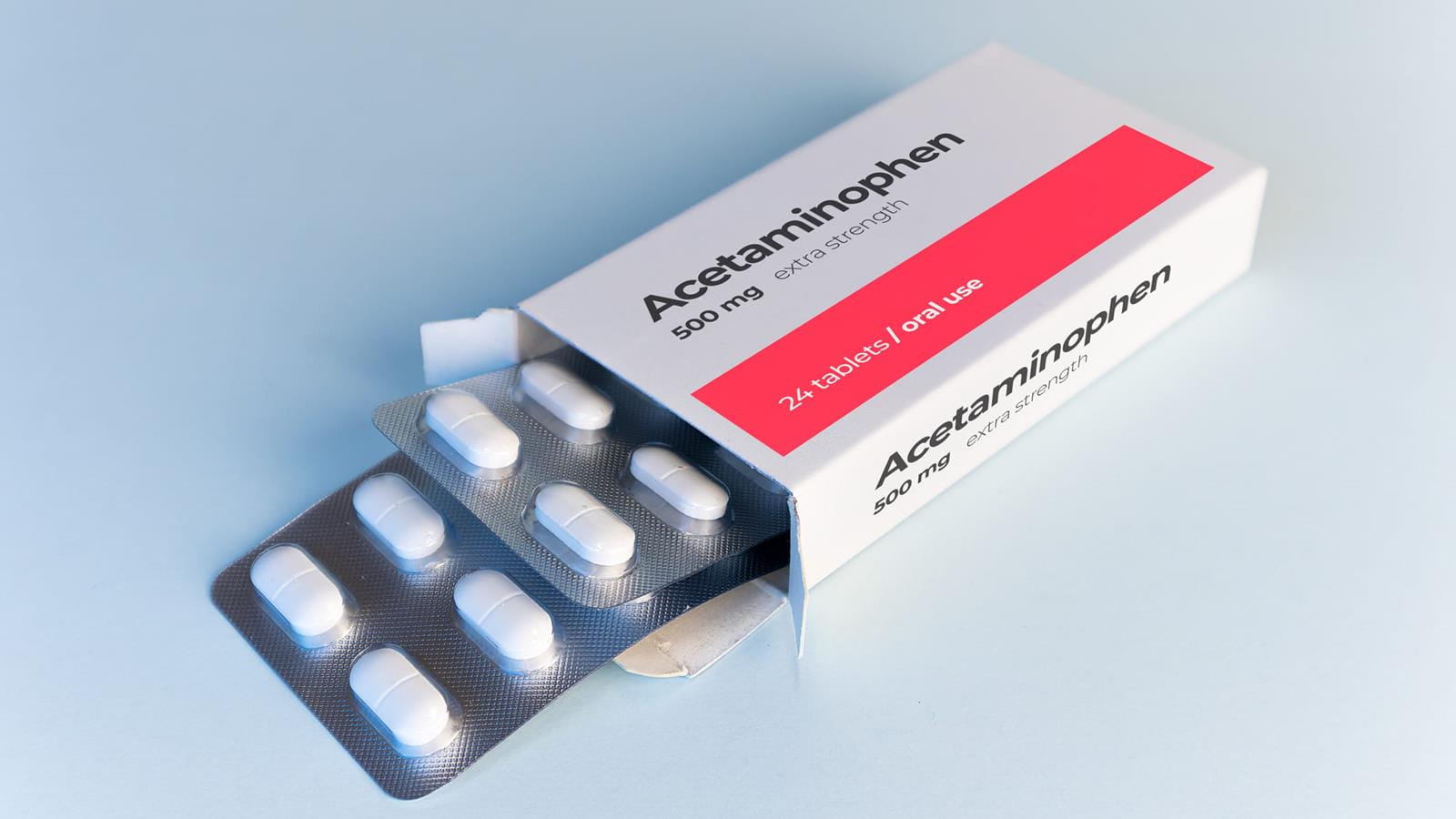EPA Recognizes Drexel as Green Power Conference Champion
April 19, 2010
Related

- No link between acetaminophen use during pregnancy and children's autism risk
- Drexel Recognizes Gregory E. Deavens, CPA, CGMA as Business Leader of the Year
- $15 Million Gift from Howley Foundation Expands Drexel Scholarship Program for Local Graduates
- Drexel’s Pearlstein Gallery Offers Spring Exhibitions Centered on the Healing Properties of Art and Creative Works
Drexel University announced today that it was recognized by the U.S. Environmental Protection Agency as the 2009/10 Individual Conference Champion for using more green power than any other school in the Colonial Athletic Association conference. Since April 2006, EPA’s Green Power Partnership has tracked and recognized the collegiate athletic conferences with the highest combined green power purchases in the nation. The Individual Conference Champion Award recognizes the school that has made the largest individual purchase of green power within a qualifying conference.Drexel beat its conference rivals by purchasing more than 12 million kilowatt-hours (kWh) of green power, representing 22 percent of the school’s annual electricity usage. Drexel purchases renewable energy certificates (RECs) from Community Energy, which helps to reduce the environmental impacts associated with the campus’s electricity use.EPA estimates that Drexel’s purchase of more than 12 million kilowatt-hours of green power is equivalent to the CO2 emissions from the electricity use of more than 1,000 average American homes each year or has the equivalent impact of reducing the CO2 emissions of nearly 2,000 passenger cars annually. “This is a college playoff where everyone wins,” said Gina McCarthy, EPA Assistant Administrator for Air and Radiation. “Renewable energy is a slam dunk not just for Drexel University but for clean air, our health, and our climate.” Drexel is committed to promoting excellence in environmental stewardship and sustainability. The University’s “green” initiatives include recycling more than 6,000 pounds of material a year, using wind energy and daylight to reduce energy consumption, reusing furniture and materials, and using hybrid vehicles for Drexel’s fleet and alternative transportation means across campus. In addition to using LEED certification guidelines, Drexel was the first university in the country to commit to using Green Globes—the Green Building Initiative’s independent environmental impact monitoring system—comprehensively for all new construction and existing buildings. Drexel’s Constantine Papadakis Integrated Sciences Building scheduled for completion in 2011, will be the first in the country to include a Bio-wall, a four-story, 70-foot high by 20-foot wide wall of vegetation that will be used to filter air. For more information on Drexel green initiatives, visit www.drexel.edu/sustainability.EPA’s Green Power Partnership encourages organizations to purchase green power as a way to reduce the environmental impacts associated with conventional electricity use. The Green Power Partnership currently has more than 1,200 partners voluntarily purchasing billions of kilowatt hours of green power annually. Partners include a wide variety of leading organizations such as Fortune 500 companies, small and medium sized businesses, local, state, and federal governments, trade associations, as well as colleges and universities. For additional information please visit http://www.epa.gov/greenpower. For more information about EPA’s College and University Green Power Challenge, visit the Challenge Web site at http://www.epa.gov/greenpower/initiatives/cu_challenge.htm. # # #News Media Contacts: Niki Gianakaris, director, Drexel News Bureau, 215-895-6741, 215-778-7752 (cell) or ngianakaris@drexel.edu Allison Dennis, U.S. EPA, 202-343-9526 or dennis.allison@epa.gov
In This Article
Drexel News is produced by
University Marketing and Communications.
now.editor@drexel.edu
For story suggestions or to share feedback
now.webmaster@drexel.edu
For questions concerning the website, or to report a technical problem